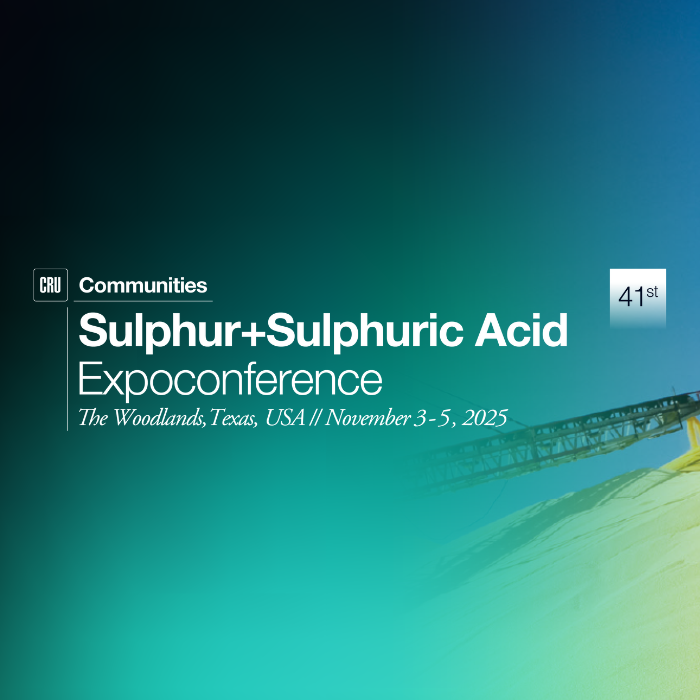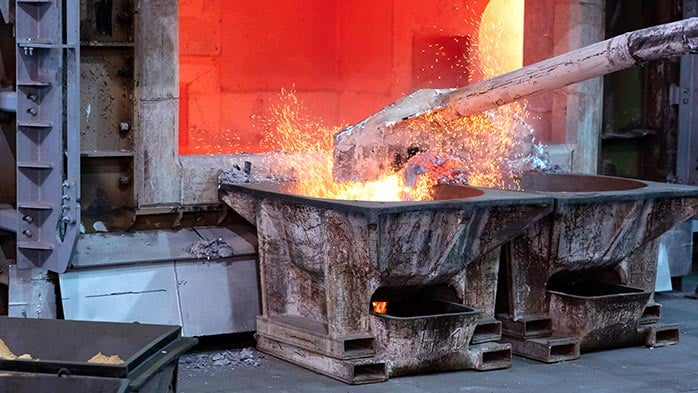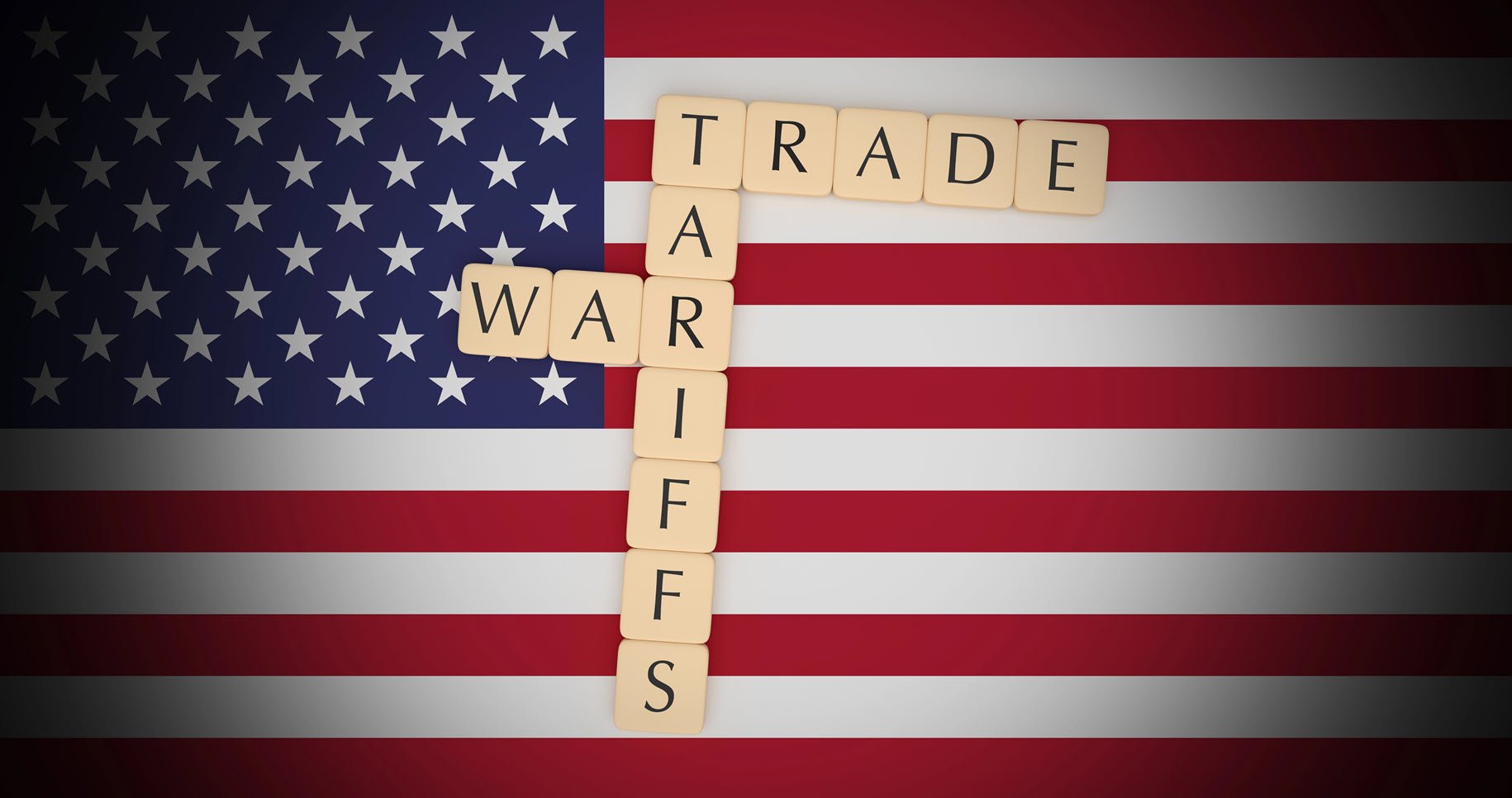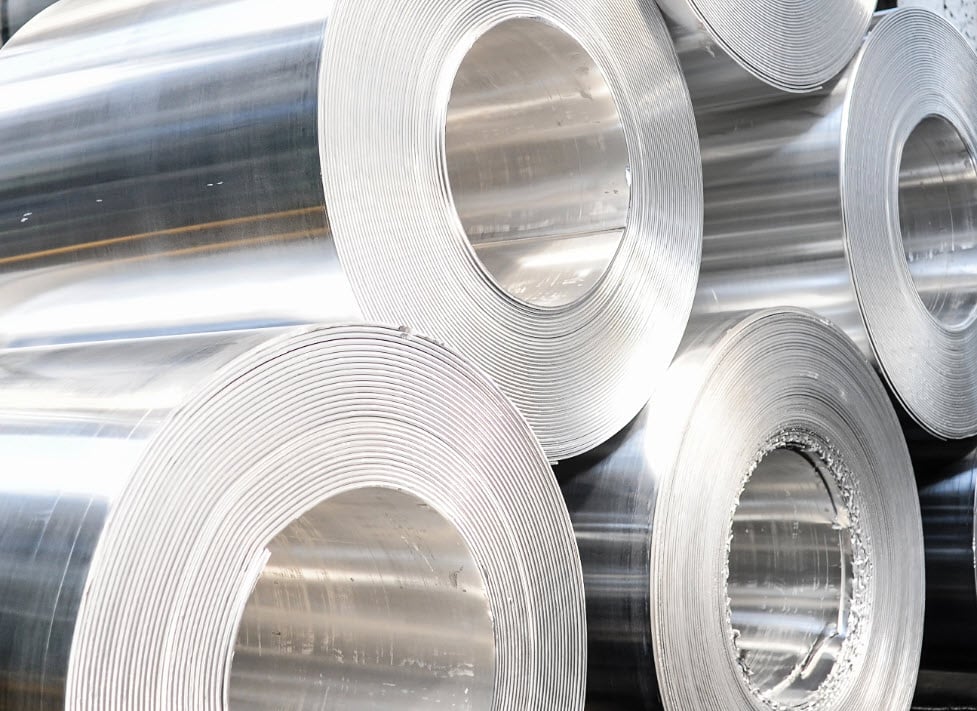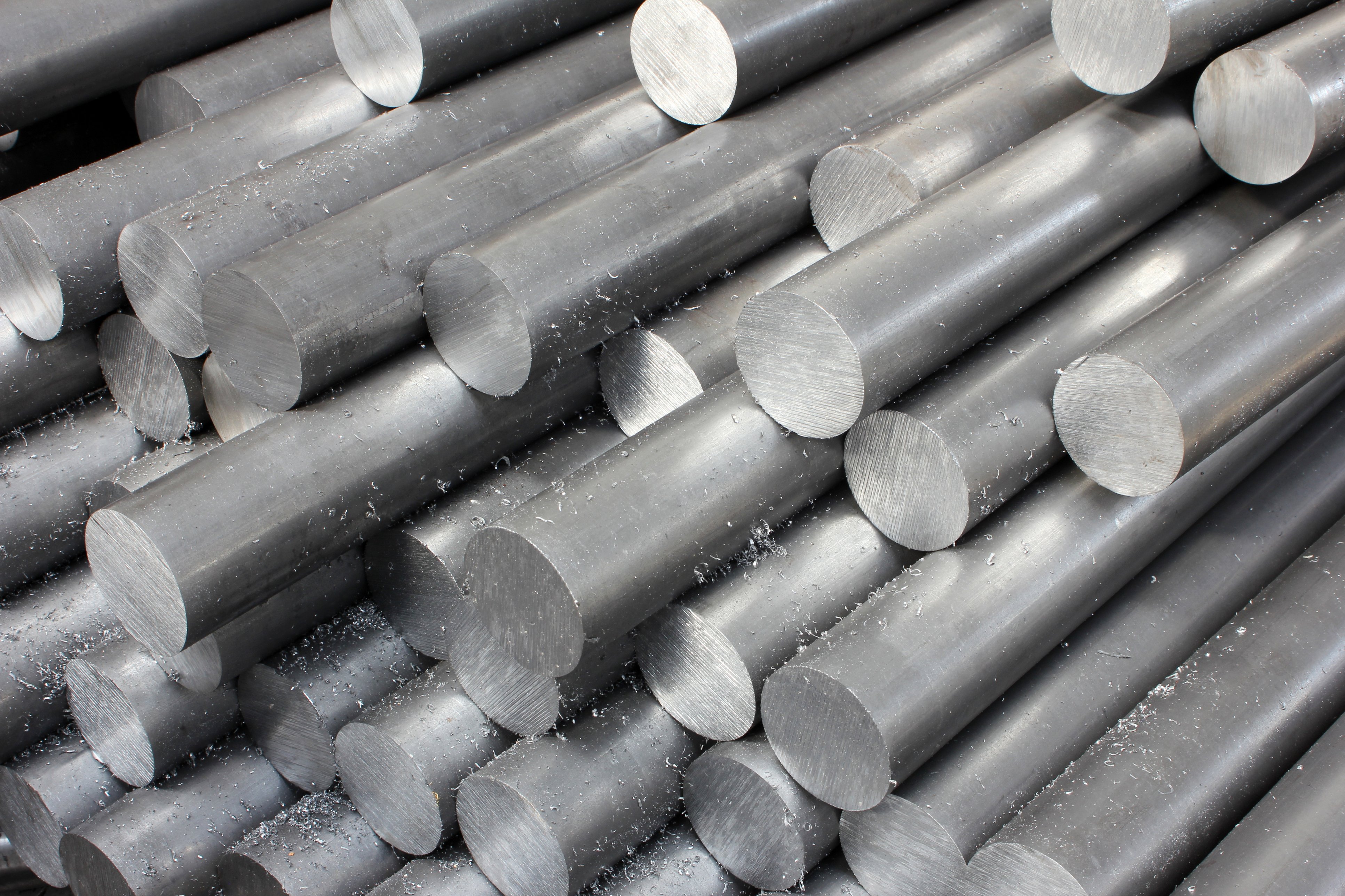CRU has picked out ten key lead market calls for 2025. Despite resilient demand and a tight concentrate market, a bigger ‘micro’ lead market surplus and broadly bearish ‘macro’ narrative could see LME lead price touch fresh lows.
Dominant lead-acid battery (LAB) low 12 V starter/auxiliary auto use will face headwinds from growing 12 V LFP use, mainly in China. However, the far greater LAB volumes used to replace failed units in existing vehicles on the road will ensure auto LAB demand stays resilient this year.
Having tightened last year, China will return to surplus in 2025 to prompt an arb reversal to favour exports again. However, the turnaround will be modest, with feed tightness limiting the rebound in output. 2025 exports will not return to the 2023 high.
Higher LAB exports from Asian countries have taken share from local LAB makers to dampen lead demand within the USA and Europe. An escalating US-led trade war could curb this trend and lift local LAB production and lead demand.
Singapore has been a focal point for LME stocks surging to 11-year highs, with more than half of the inflow from India. A persistent Indian surplus amid a wider Asian glut could see LME stocks rise and potentially challenge the record October 2011 highs.
A decrease in Asian battery exports could lead to reduced competition for scrap materials faced by local US smelters from Asian buyers. This may result in a slowdown of the two-way trans-Pacific flow of failed batteries moving west and finished batteries returning east. This should prompt scrap prices to fall from recent highs.
The ‘closed loop’ cycle is key in steadying lead’s price path compared to other LME and battery metals, as well as its struggle to play a bigger role in energy transition. Yet, a bigger ‘micro’ lead market surplus and a broadly bearish ‘macro’ narrative could see lead prices touch fresh lows this year.
Having tightened in 2024, a larger concentrate market deficit in 2025 will be driven by a second step-up in smelter demand more than offsetting a weak recovery in mine output. Contract TCs will fall for a fifth year in a row.
A second Trump presidency – promising higher tariffs, tax cuts and tighter labour – threatens to rekindle inflation and lift interest rates. Alongside greater geopolitical uncertainty, the US dollar stays stronger for longer, dampening dollar-denominated metal prices.
Faced with weak demand, lower premia and lower TCs, an easier European market could see higher exports to Asia and fresh flows to the USA, in a repeat of the 2021 spike to the latter destination. Or the tough market conditions could prompt smelter cuts to retighten this market.
A Chinese-driven supply squeeze, as they consume more antimony to make PV glass for solar panels, could lift prices to fresh 2025 highs. While lead recyclers recover ‘free’ antimony in scrap feed, many still need to buy top-up volumes, putting more upward pressure on ‘hard’ antimonial lead alloy premia.




